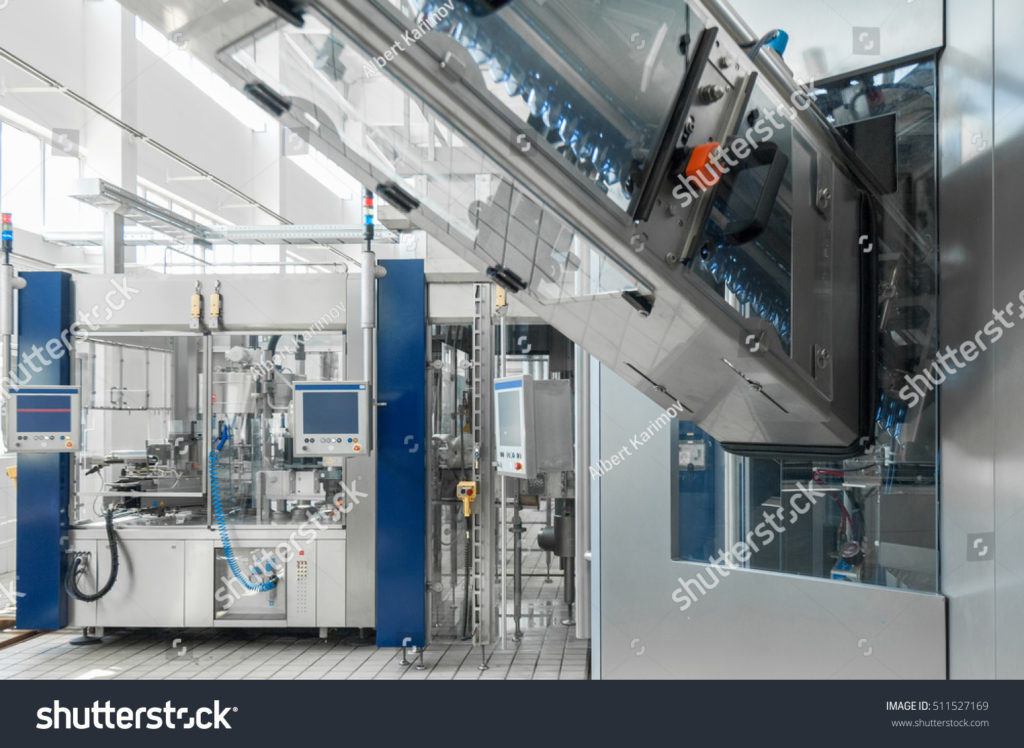
Machinery Directive
The Machinery Directive of 2006 was designed to ensure that machinery traded throughout the European Union was of an adequate common safety level. In addition, it covered the free movement of machinery throughout the member states.
What is a Machine?
Ask an engineer this question, and the response is likely to be a politely raised eyebrow. Ask a lawyer, and settle down for a long debate. Ask one of the IES engineers, in the context of the Machinery Directive, and they will know exactly how to respond, and fairly shortly thereafter they will be able to outline what needs to be done in order to ensure that the client’s products comply with the Machinery Directive.
Consultancy and Design Input
IES has CMSE ® – Certified Machinery Safety Expert teams who will work with the client from the beginning of a project, through the initial consultation phase, guide the design and development, and handle the installation and testing. They offer project management experience and expertise, as well as implementation, whether this take the form of a new development, or an update to ensure that machinery safety is achieved to the level required for CE certification.
Compliance Advice
In common with many Directives, the Machinery Directive is quite long and complicated, with many definitions and sub-headings. The definition of a machine was not drawn up by engineers alone; it was discussed and amended and argued over by researchers and lawyers, and eventually it made its way into law.
IES engineers understand the EU’s definition of Machinery, and they are also familiar with the sub-headings under the complicated and demanding Health and Safety regulations. It is not enough for machine parts to be manufactured and assembled in a careful and sensible manner. The EU expects manufacturers to take account of misuse.
Common sense is not enough. Where a normal risk assessment is carried out, a client’s engineers may foresee ten ways in which a procedure could go wrong, in the wrong hands. Sod’s Law being what it is, it is the eleventh that will occur.
IES engineers will have done this before, will entirely sympathise with the exasperation and bewilderment of the client’s own team, and will list the fifteen potential pitfalls in what had previously been seen as a perfectly simple procedure.

Machinery Directive Certified
This is the object of the exercise. When the certification has been achieved, the client can be confident that the machinery they produce, and the procedures that are in place in that production schedule, are of a sufficiently high standard, and that they are safe, even when mistakes are made.
The Outcome
Throughout the consultation, IES engineers will have been working with the client, and the client’s engineering team, so that when the final tests have been successfully carried out, and the new or updated system is running smoothly, everybody involved will be familiar with the new procedures, confident of their ability to manage and handle them, and even familiar with the demands and regulations of the EU Machinery Directive.
It’s a very good feeling.
